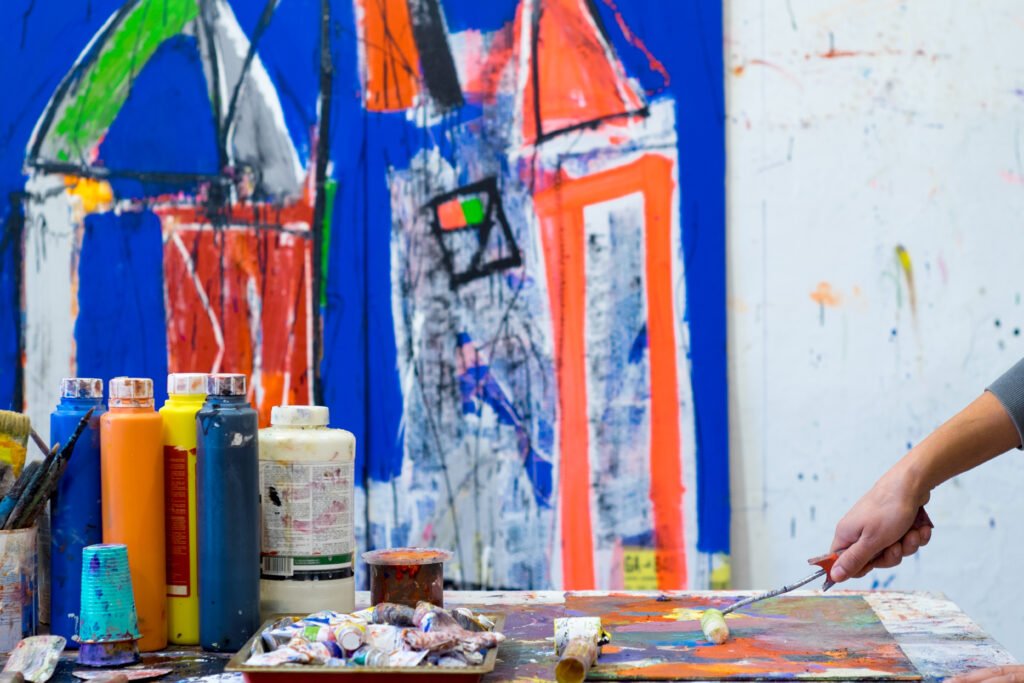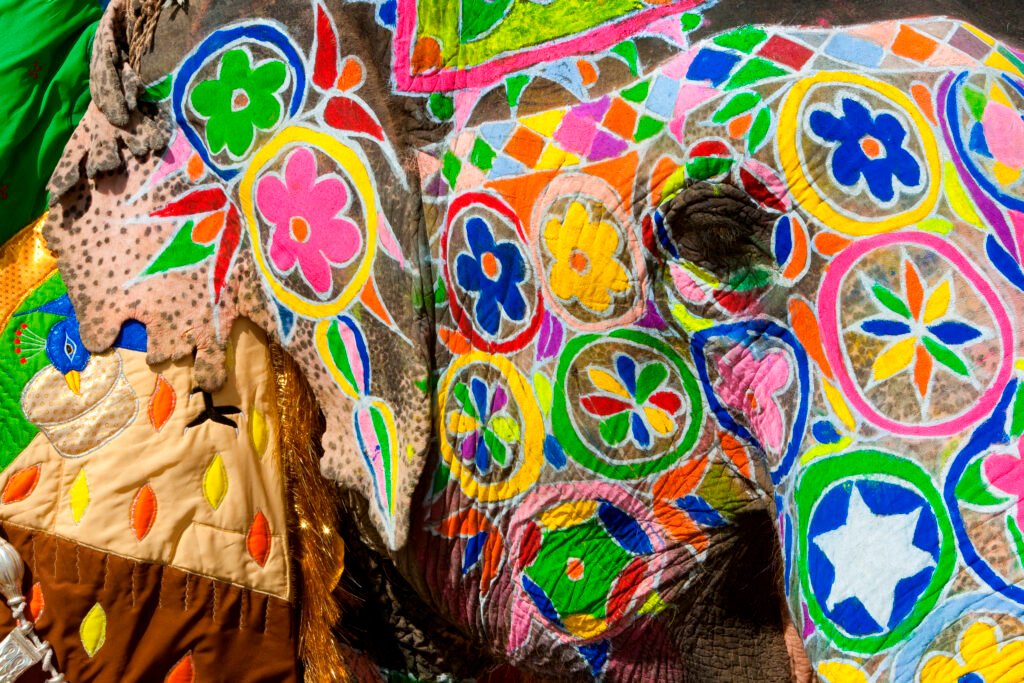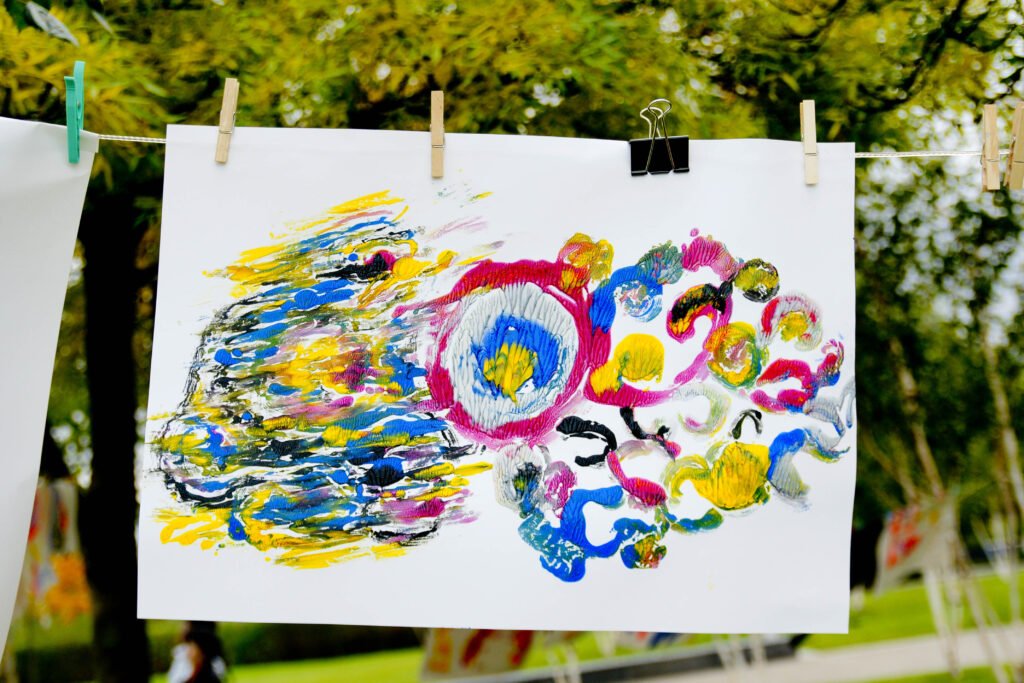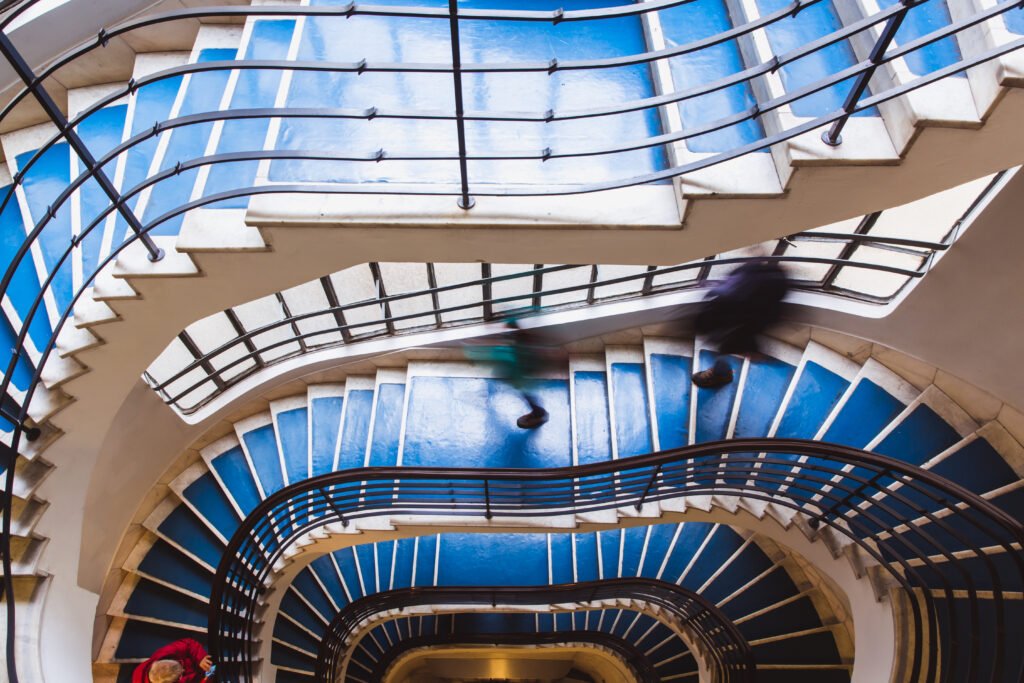Latin American abstract art did not emerge as a copy of European avant-gardes. On the contrary, it carved its own paths, shaped by local histories, political contexts, and the region’s social tensions. While in dialogue with international movements, Latin American artists created works marked by specific cultural experiences and a deep pursuit of identity.
Artists such as Tomie Ohtake, Alejandro Otero, and Carmelo Arden Quin expanded the boundaries of abstraction by incorporating space, color, and rhythm into deeply original visual languages.
Their work reveals that when abstract art arrived in the Global South, it gained new layers of meaning, becoming not only an aesthetic expression but also a vehicle for cultural and political affirmation.
Living Geometry: Color, Body, and Territory
Tomie Ohtake’s career in Brazil is a clear example of how abstraction can become both organic and poetic. Born in Japan and based in São Paulo, Ohtake developed a language defined by curves, sweeping gestures, and intense colors.
Her work does not cling to rigid geometry; instead, it transforms structure into flow. Studies from the University of São Paulo (Tomie Ohtake: Form and Meaning in Brazilian Abstraction, 2020) highlight how her painting integrates body and memory in gestures that echo both Eastern traditions and the urban Brazilian context.
The Venezuelan artist Alejandro Otero explored kineticism and color as tools for spatial transformation. His Colorhythm series was more than a sequence of paintings; it was a set of visual structures that created movement through repetition and contrast.
In Art and Perception in Latin American Kinetics (University of California, 2019), researchers analyze how Otero expanded viewers’ perception by visually activating their surroundings. In this context, abstract art transcends the canvas and enters architectural space, directly altering the way the body experiences place.
Carmelo Arden Quin, founder of the Madí movement in Argentina, pushed abstraction toward formal radicalization. By designing paintings with irregular shapes and industrial materials, he disrupted the notion that art must conform to classical formats.
His work broke away from the traditional rectangular frame, creating visual objects that hover between painting and sculpture. This frame-breaking also symbolized a paradigm shift, as explored in the study Form and Freedom in the Madí Movement (University of Buenos Aires, 2021).
Abstract Art as Critical Identity
In Latin America, abstract art did not merely serve to echo global trends. It also functioned as symbolic resistance, offering a visual language capable of evading political censorship, academic dogmas, and cultural impositions. Many artists turned to geometry as a space for creative freedom.
This political and identity-driven nature of abstraction still resonates today. The growing interest in buying abstract art by Latin American artists reflects an appreciation of local narratives, hybrid forms, and regional cultural references. Platforms dedicated to the sale of abstract art have begun to highlight South American creators for the symbolic and sensory power of their work.

Moreover, the presence of these artworks in everyday spaces reinforces their aesthetic power. Choosing decoration with abstract art by Latin American artists is not merely a visual decision, but also a way to recognize stories and trajectories often kept at the margins.
A Tomie Ohtake painting in a living room, a kinetic work by Otero in a corporate lobby, or a Madí piece in a contemporary gallery creates environments that breathe movement, color, and thought.
Thus, to speak of abstract art in the Latin American context is to speak of a living field in constant expansion. Each line, cut, or fragment carries cultural heritage, an inventive gesture, and a claim to presence. Abstraction in the South does not remain silent. It echoes.



